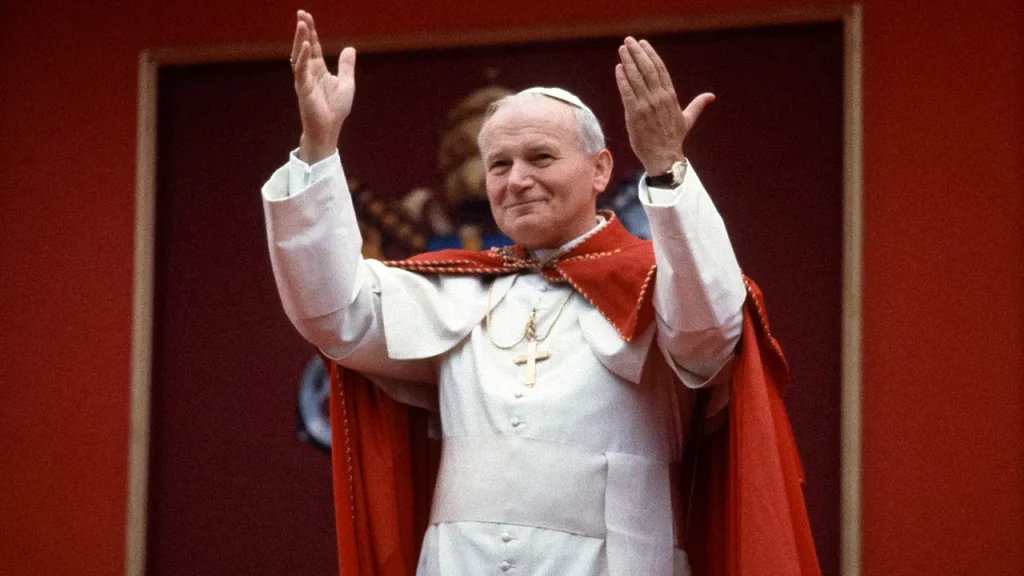Pope John Paul II arrived in Miami, Florida on September 10, 1987, to begin a 10-day tour of the United States. He was welcomed by President Ronald Reagan, First Lady Nancy Reagan, and thousands of well-wishers. During his visit to Miami, the pope met with representatives of the nation’s priests, held a groundbreaking meeting with representatives of the U.S. Jewish community, paraded down Biscayne Boulevard, and celebrated an outdoor Mass at Tamiami Park attended by over 200,000 people. The overarching theme of the visit was unity, and Miami’s multiculturalism was on full display.
After his time in Miami, Pope John Paul II visited several other U.S. cities, including Columbia, South Carolina; New Orleans; San Antonio; Phoenix; Los Angeles; Monterey; San Francisco; and Detroit. During these visits, the pope engaged with various groups, including Black Catholics, Native American Catholics, and representatives from the communications industry. He was known for his efforts to build bridges with people of other faiths and was the first pope to visit many countries and engage in various unprecedented activities during his papacy, such as visiting Auschwitz, praying in a mosque, and praying at the Western Wall in Jerusalem.
Born in Wadowice, Poland in 1920, as Karol Wojtyla, Pope John Paul II was elected pope in 1978 and served until his death in 2005. He was the first non-Italian pope since the 16th century and the most-traveled pope in history, having visited 129 countries. Known for his role in ending communism and issuing the Catholic Church’s first apology for actions during WWII, Pope John Paul II was succeeded by Pope Benedict XVI after his death. Pope Francis succeeded Pope Benedict in 2013 and canonized John Paul II in 2014. His death in 2005 drew a crowd of two million people to Vatican City for his funeral.
Throughout his pontificate, Pope John Paul II made significant efforts to foster unity and peace among diverse groups and to strengthen relationships with people of different faiths. His visits to various countries and engagement in unprecedented activities helped to solidify his reputation as a pope of many firsts. His legacy is marked by his successful efforts to end communism, build bridges with people of all faiths, and address the Catholic Church’s past actions during WWII. His canonization in 2014 by Pope Francis further solidified his place in history as a revered figure within the Catholic Church and beyond.













